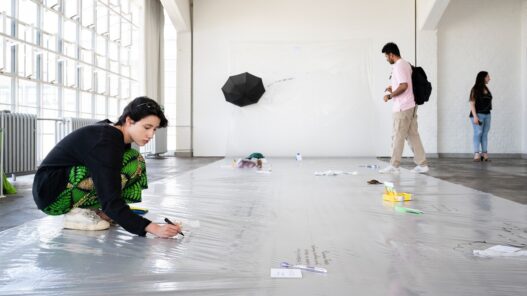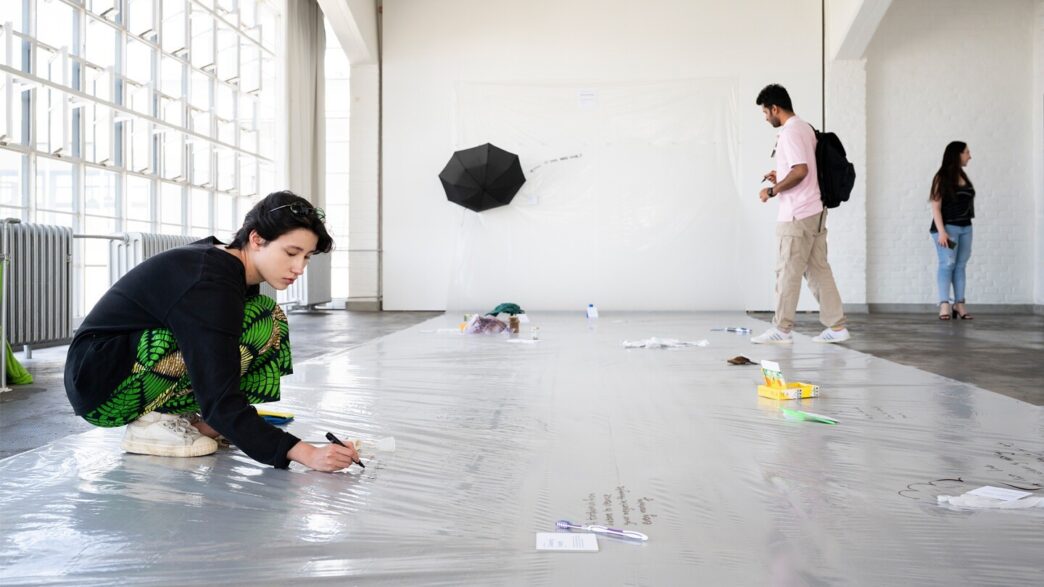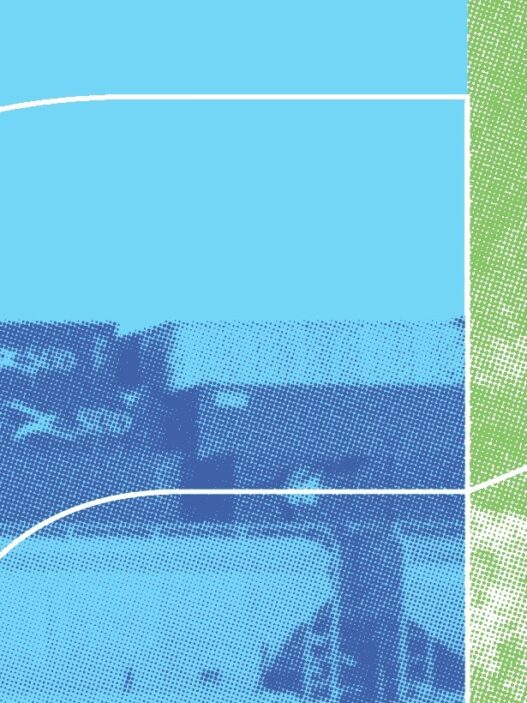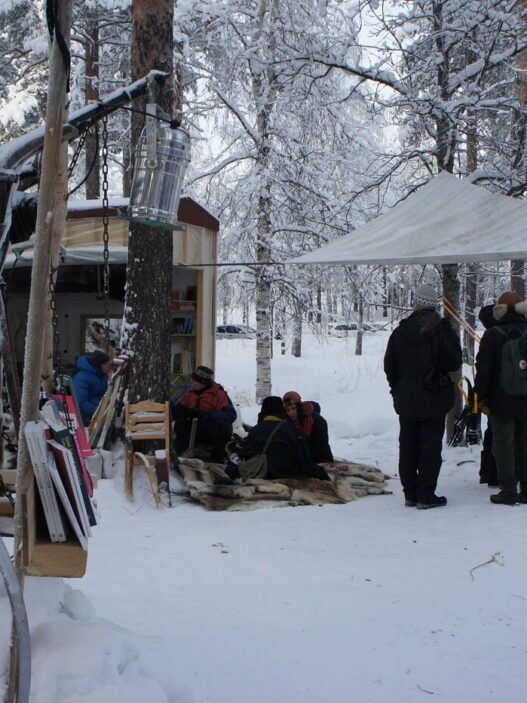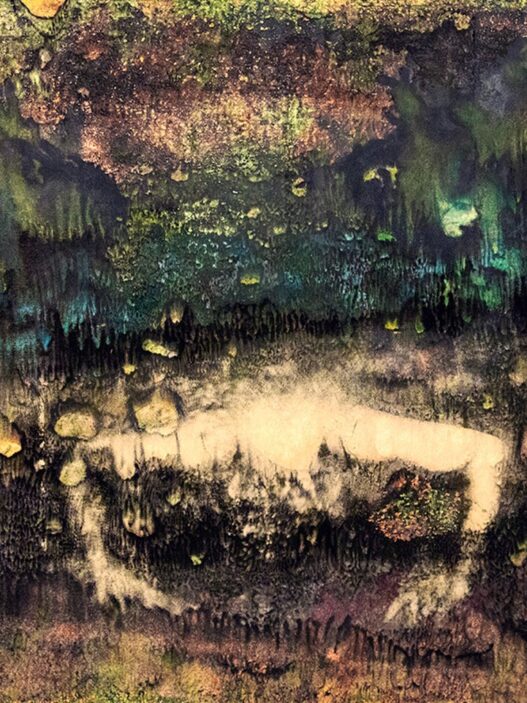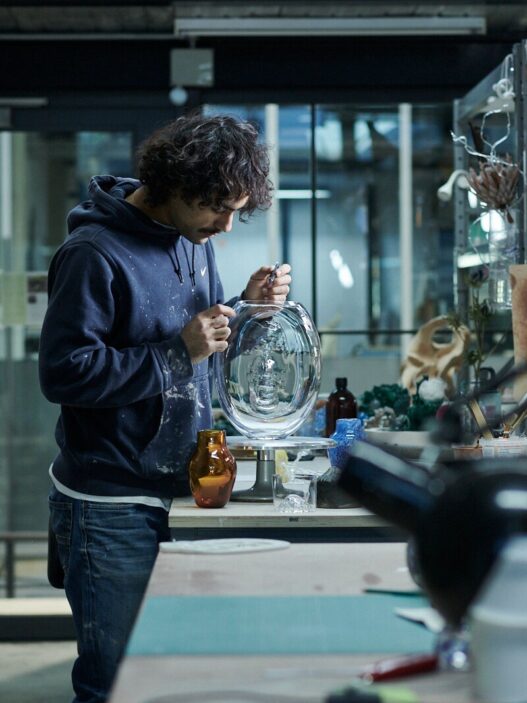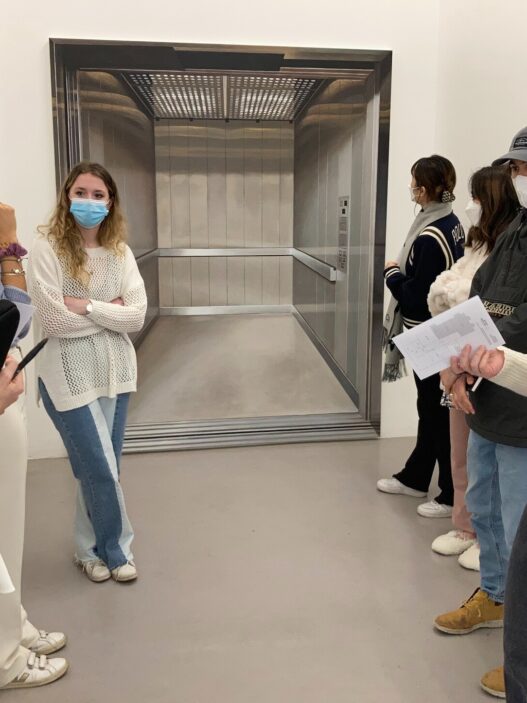Anhalt University of Applied Sciences invites applications for COOP Design Research Master of Science with a deadline on May 15, 2023.
The Bauhaus Dessau, more than any other institution, showed a new vision of design that rejected ancient design traditions in favor of direct investigation into materials and the revolutionary potentials of technology and science. Since that time, design has been viewed as a collaborative discipline that synthesizes various parts of knowledge. The COOP Design Research Master of Science is conducted as a teaching cooperative by Anhalt University of Applied Sciences and the Bauhaus Dessau Foundation in cooperation with Humboldt University Berlin (the transdisciplinary Cluster of Excellence “Matters of Activity. Image Space Material”), with coursework taking place both at Gropius’ Bauhaus in Dessau and—to a lesser degree—at Humboldt University in Berlin. The program engages with the Bauhaus’ legacy in design research.
The one-year COOP Design Research Master’s program provides an overview of the range of academic scholarship in this field and contributes to the strengthening of a research practice through the medium of design. Design and research are integrated as a transdisciplinary field at the intersection of material studies, social sciences, design anthropology, cultural studies, technology studies, architectural and design history, and theory.
The heart of the MSc program is based on three thematic building blocks that draw from diverse teaching approaches given by each of the three aforementioned partner institutions: Design as Research, Design as Education, and Design as Projection. The diversity of the teaching faculty, with their many academic backgrounds, contributes to the program’s multiple viewpoints. Professors and lecturers from the affiliated universities, as well as worldwide guest lecturers, co-teach the courses.
The experiences gained by students in previous courses and professional practice serve as the foundation for establishing a critical reflection-led approach to design research. Comprehensive introductions to theory reading, academic writing, field research, and analysis procedures are presented as instruments to supplement theoretical understanding and practical reflexivity. It is not just about what is studied, but also about how the subject is learned: the curriculum fosters inclusion, diversity, and critical thinking due to its interdisciplinary and transcultural structure.
Students gain academic knowledge and intellectual competencies throughout the curriculum, allowing them to critically engage with the complex difficulties that designers face in the twenty-first century. In this regard, students learn to engage in academic conversation, theoretically penetrate phenomena of the physical environment, and articulate themselves in writing.
The curriculum is designed to help students grasp a “Theoretical Framework,” which provides a venue for the analysis and discussion of epistemological concepts and practical knowledge. It also covers the practical approach to planning a research project, including the relevant tools, techniques, software applications, and work practices.
In the framework of scientific discourse on research through design, the students argue for their research approaches using their established design methodology.
The Master of Science degree opens up professional opportunities in design research and teaching, cultural studies, and curatorial practice. It can be viewed as either a step toward doctoral study or a theoretical enrichment for applied design research and practice. Furthermore, the program promotes worldwide cultural interchange as well as social engagement.









